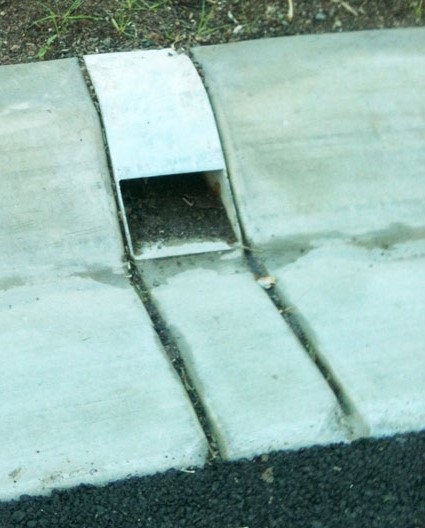Guest post by Callum Scott of Scott Finance
Buying Your Next Home
. . . . but haven’t sold your current house?
You can put your home on the market, sell it, settle and then rent while waiting for your new home to be built. For some people this can be a real hassle!
The Alternative
You can obtain bridging finance.
In simple terms, it means that your lender can increase the amount of your loan to cover the purchase of your next one before the sale, or settlement, on your current one. On settlement of your original, funds are then applied to reduce the total loan outstanding.
Of course, over this period you will be paying out a lot more in interest payments, but it is usually for a short period such as six months for an existing property, or one year where a new property is being built.
One possible disadvantage with this facility is that if your home takes longer than expected to sell, interest repayments will be larger than expected. Therefore it makes sense to build this possibility into your planning. You will also need sufficient equity in your existing home to qualify for this type of loan.
Some lenders will charge a higher rate for this facility whereas others will simply apply their standard variable rate.
Saving Costs During Bridging Period
Most lenders will offer an interest-only option with the loan reverting to principal and interest once the funds of the sale have been applied to the total loan amount.
Some lenders will capitalise interest payments during this period. This means you make no interest payments, with the interest amounts being added to the amount that you owe.
At completion you then recommence repayments which would be typically higher as the principal you now owe is larger.
For no cost advice about new house finance contact: Scott Finance
